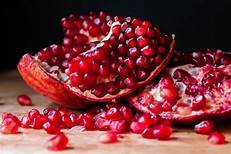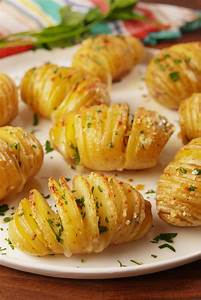Importance of well balance diet
All food contains all of the nutrients we need to be healthy, it is necessary to eat various foods in sufficient amounts. A good diet will include many different foods, and sufficient in quantity and quality to meet an individual’s need for food energy and other micro nutrients.
GUAVAS
Typical serving size:
1 medium guava (317 oz or 90g)
HOW THEY HARM
Allergies
WHAT THEY HEAL
Cancer Heart disease Constipation Weight gain GRAPE FACTSA small tropical fruit that originated in southern Mexico and Central America, the guava fruit can be round, ovoid, or pear-shaped
The thin skins vary in color from pale yellow to yellow green
Most varieties have meaty deep-pink flesh, although some are yellow, red, or white
Ripe guavas have a fragrant, musky aroma and a sweet flavor, with hints of pineapple or banana
You may also find canned guava, guava jelly, dried guava, and other guava products; most of these are processed with a lot of sugar, so stick to the fresh fruit
Health Benefits
Offers cancer protectionBy weight, guavas have almost twice as much vitamin C as an orange: One medium guava provides 165 mg, compared to only 75 mg in a fresh orange
Vitamin C, an important antioxidant, helps protect cells from free radical damage: People who consume high amounts of vitamin C through foods generally have lower rates of many types of cancer, such as lung, breast, and colon
Reduces risk of heart disease
One guava contains 256 mg of potassium and 5 g of fiber, much of it in the form of pectin, a soluble fiber that lowers high blood cholesterol
Relieves constipation
The fiber in guava also promotes good digestive function
Aids weight loss
One whole guava has about 45 calories, making it a low-calorie treat any time of day
The fiber also helps you feel full
About half of the guava fruit is filled with small, hard seeds
Although in some varieties, such as Sweet White Indonesian, the seeds are fully edible, most people discard them
If the seeds are eaten, they contribute extra fiber and lesser amounts of the same nutrients found in the flesh
Health Risks
Allergic reactionsDried guavas are often treated with sulfites, which may provoke asthma attacks or allergic reactions in those who are sulfur sensitive
Allergies
Buying Tip
s
Storing Tip




